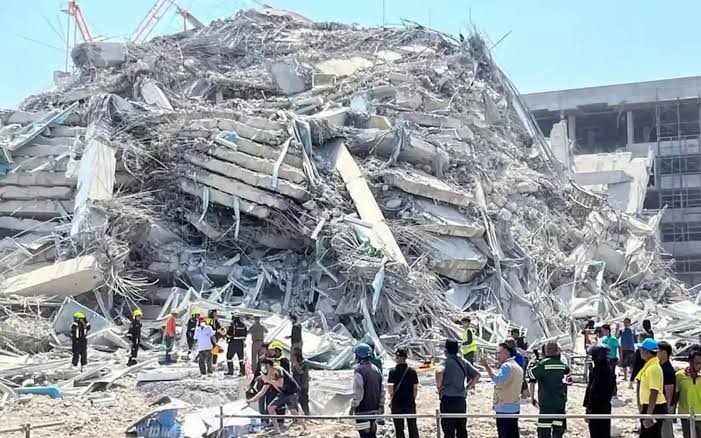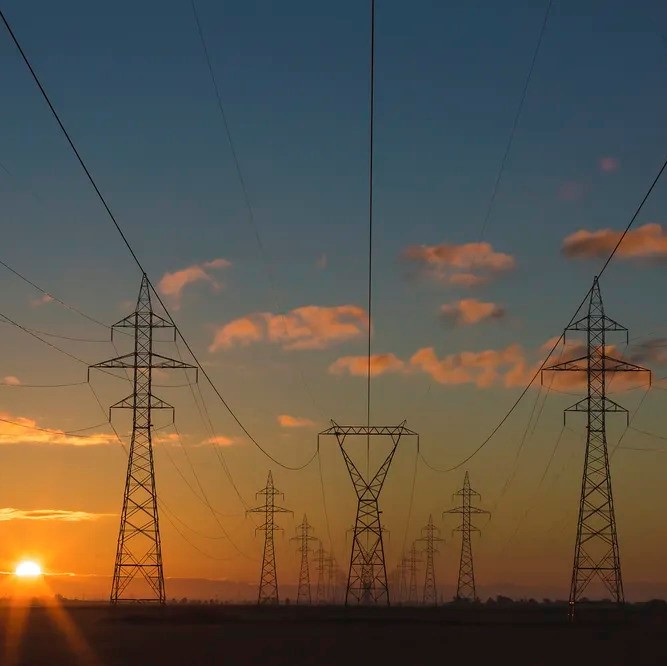In a catastrophic turn of events, a powerful earthquake measuring 7.7 on the Richter scale struck near Myanmar’s ancient heartland and spilled its destructive force into neighboring Thailand on Friday. This major seismic event has resulted in widespread devastation—destroying buildings, bridges, and even a centuries-old monastery—while claiming the lives of more than 150 people. With Myanmar already mired in political unrest and poverty, and Thailand grappling with the collapse of critical infrastructure, this earthquake has sent shockwaves of grief and urgency throughout Southeast Asia and beyond.
A Day of Tragedy in Two Nations
At approximately 12:50 p.m. local time (06:20 GMT), the ground trembled as a magnitude 7.7 earthquake hit just outside Mandalay, Myanmar’s historic city that still holds echoes of its glorious past. Almost immediately, an aftershock of magnitude 6.4 followed, compounding the chaos and destruction. In Myanmar alone, government officials later confirmed that at least 144 people lost their lives and over 730 others sustained injuries. Critical infrastructure crumbled under the force of the quake; photographs and videos from hard-hit cities like Naypyidaw and Mandalay reveal shattered buildings, twisted metal, and debris-strewn streets.
The quake’s impact was not contained within Myanmar’s borders. In Bangkok, Thailand’s bustling capital, a 33-story high-rise under construction near the famous Chatuchak Market collapsed in a matter of seconds, claiming at least 10 lives. The terrifying scene in Bangkok, captured in viral social media posts, shows onlookers running in panic as dust and rubble filled the air—a stark reminder that even modern infrastructure is vulnerable to nature’s fury.
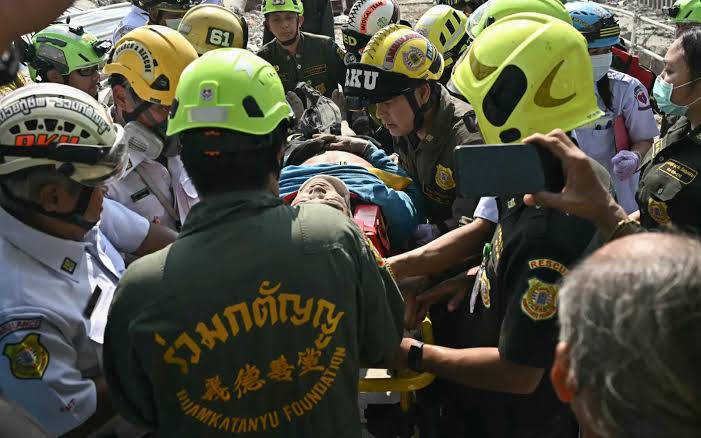
The Human Toll and Widespread Destruction
The sheer scale of devastation has left emergency services overwhelmed. In Myanmar—a country where information is often tightly controlled due to ongoing civil conflict—the full extent of the damage remains uncertain. Rescue crews are working around the clock to pull survivors from the rubble, but the logistics are complicated by poor infrastructure and the lingering effects of years of neglect and civil war. Hospitals in key cities such as Mandalay and Naypyidaw are flooded with injured people, with one major hospital in Naypyidaw now declared a “mass casualty area.”
Witnesses in affected areas describe harrowing scenes. In one account from the Sagaing region, a 90-year-old bridge collapsed under the quake, severing a crucial link between communities. In another town, Taungoo, a mosque partially crumbled as people sought shelter during prayer, resulting in immediate fatalities. In a city known for its cultural and historical significance, the collapse of the Ma Soe Yane Monastery—a revered Buddhist sanctuary—sent shockwaves through the local community, leaving both devotees and rescuers in disbelief.
Across the border in Thailand, where a state of emergency has been declared in Bangkok, the earthquake’s aftermath has also disrupted daily life. Public transportation systems, including the urban rail network, were forced to shut down temporarily as authorities assess the structural integrity of stations and bridges. The destruction of a high-rise under construction has raised serious concerns about building safety standards in the region, especially as rescue teams sift through the debris in search of survivors.
Emergency Response and Humanitarian Efforts
In the wake of this disaster, emergency response teams from both Myanmar and Thailand have mobilized rapidly. Myanmar’s military government, led by Senior General Min Aung Hlaing, has called for international assistance, inviting “any country” willing to help with donations and rescue efforts. However, with the country already struggling under the weight of an ongoing civil war and limited resources, the challenge of mounting an effective response is enormous.
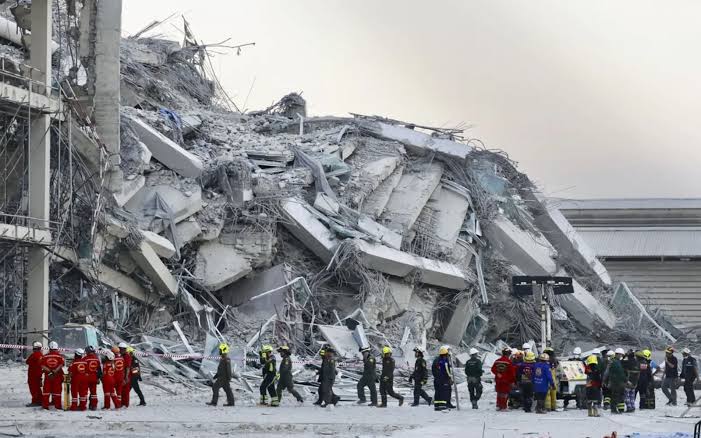
International humanitarian organizations have also stepped in. The World Health Organization (WHO) described the quake as a “very, very big threat to life and health” and has activated its logistics hub to prioritize trauma care supplies such as external fixators. Meanwhile, the International Federation of the Red Cross has expressed deep concerns over downed power lines and the damage to roads, bridges, and public buildings—conditions that could hinder rescue efforts and delay critical aid. Christian Aid, represented by Asia, the Middle East, and Europe head Julie Mehigan, stressed that the disaster will have a devastating impact on Myanmar—a country already beset by conflict, displacement, and economic hardship.
For many, the immediate priority is clear: saving lives. Hospitals in both nations are in urgent need of blood, surgical supplies, and other essential medical equipment. In Myanmar, where the healthcare system is already stretched thin, the quake has compounded existing challenges, leaving local authorities scrambling to establish triage centers and secure access routes for emergency vehicles.
The Role of Social Media and Global Awareness
As news of the quake spread, social media platforms exploded with posts, videos, and calls for help. Hashtags such as #MyanmarEarthquake, #ThailandQuake, and #DisasterRelief trended across Twitter and Facebook, as people shared eyewitness accounts, images of destroyed infrastructure, and messages of solidarity. In one viral tweet, a witness described the scene as “apocalyptic,” with entire neighborhoods reduced to rubble in a matter of minutes. Videos showing rescue teams working tirelessly amidst the wreckage have been viewed millions of times, serving as a stark reminder of the human cost of natural disasters.
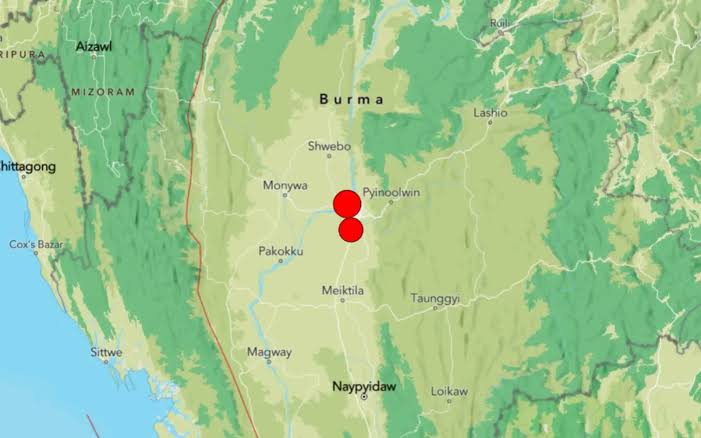
These digital conversations have not only heightened global awareness but have also spurred calls for increased international support. Many users questioned why more robust early warning systems and stricter building codes were not in place in regions prone to seismic activity. Such discussions have since evolved into broader debates about disaster preparedness, climate resilience, and the urgent need for infrastructural investment in developing nations.
Economic and Social Ramifications
Beyond the immediate loss of life and physical destruction, the quake is expected to have long-lasting economic and social consequences for both Myanmar and Thailand. In Myanmar, the damage to public infrastructure—including roads, bridges, and government buildings—will require significant investment to rebuild. For a country already grappling with poverty and political instability, the economic fallout could be severe. Displaced residents, many of whom were already living in precarious conditions due to the ongoing civil conflict, now face the added burden of rebuilding their lives from scratch.
Thailand, too, faces its own set of challenges. The collapse of a high-rise in Bangkok has prompted questions about construction practices and regulatory oversight. With the Thai economy heavily dependent on tourism and trade, any prolonged disruption to infrastructure could have ripple effects across multiple sectors. The state of emergency declared by Thai Prime Minister Paetongtarn Shinawatra signals that authorities are aware of the gravity of the situation, but it remains to be seen how quickly comprehensive repairs can be effected and what long-term measures will be implemented to prevent future disasters.
Historical Context and Future Preparedness
Earthquakes are not uncommon in this region, particularly along the complex fault lines that crisscross Southeast Asia. Myanmar, located near the infamous Sagaing Fault, has experienced several significant quakes in the past, including multiple events with magnitudes of 7 or higher between 1930 and 1956. Despite this history, decades of political turmoil and underinvestment in disaster preparedness have left the country vulnerable. The recent quake, therefore, is both a tragic reminder of nature’s unpredictable power and a call to action for improved safety standards and emergency planning.

Similarly, Thailand’s rapid urbanization and high-rise construction boom have raised concerns about whether current building codes are sufficient to withstand such powerful tremors. As the region continues to develop, the need for resilient infrastructure—capable of enduring seismic shocks while protecting human life—has never been more urgent. Experts are now urging both governments to reexamine existing regulations, invest in modern monitoring technology, and create robust disaster response strategies to mitigate the impact of future quakes.
International Response and the Road to Recovery
In the aftermath of the disaster, the international community has begun to mobilize. Aid organizations, governments, and private donors worldwide are coordinating to provide immediate relief and long-term support. Offers of assistance have come from countries across the globe, along with financial contributions aimed at supporting the rebuilding process.
The United Nations is expected to play a pivotal role in coordinating relief efforts, particularly in Myanmar, where the political situation makes the delivery of aid complicated. Humanitarian aid, including food, water, shelter, and medical supplies, is being dispatched to affected areas. Experts emphasize that the speed and efficiency of this response will be critical in preventing further loss of life and in helping communities begin the arduous process of recovery.
For many residents, the road to recovery will be long and fraught with challenges. The loss of homes, livelihoods, and loved ones has left deep scars, and rebuilding will require not only physical reconstruction but also psychological and social healing. In communities where trust in government is already fragile, transparent and effective disaster response efforts will be essential in restoring faith and unity.
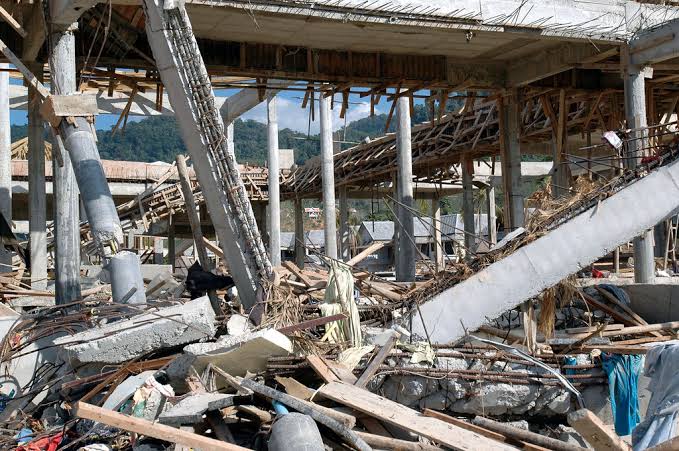
A Wake-Up Call for Global Disaster Management
The catastrophic earthquake that has rocked Myanmar and Thailand is a stark reminder of the need for global cooperation in disaster management. In an interconnected world, the ramifications of such events extend far beyond national borders. Climate change, urbanization, and geopolitical instability are all factors that compound the risks associated with natural disasters, making international collaboration more important than ever.
Key global players such as the World Health Organization, the International Federation of the Red Cross, and various non-governmental organizations are now at the forefront of the response. Their coordinated efforts underscore the importance of preparedness, rapid response, and long-term recovery planning. For policymakers and emergency management experts, this disaster highlights the need for robust early warning systems, enhanced building standards, and comprehensive risk assessment frameworks that can be deployed swiftly in the event of future crises.
The Human Stories Behind the Headlines
Amid the grim statistics and stark images of destruction, individual stories of courage and resilience are emerging. In one small village near Mandalay, a group of local volunteers risked their lives to rescue neighbors trapped beneath collapsed buildings. In Bangkok, citizens came together to support one another, offering food, shelter, and comfort to those affected by the high-rise collapse. These acts of solidarity remind us that even in the face of overwhelming tragedy, the human spirit endures.
Social media has become a repository for these personal narratives, as survivors and witnesses share their experiences in real time. Hashtags like #PrayForMyanmar, #ThaiEarthquake, and #DisasterRelief have united people across continents, prompting an outpouring of international empathy and support. For many, these stories serve as a beacon of hope—a testament to the power of community and the enduring will to overcome adversity.
What Lies Ahead
As rescue operations continue and the initial shock of the earthquake begins to subside, the long-term focus will shift to reconstruction and recovery. Both Myanmar and Thailand face immense challenges in rebuilding their infrastructure, restoring essential services, and providing for the millions affected by this disaster. For Myanmar, in particular, the dual burdens of political instability and economic hardship make the task even more daunting. Yet, amid the rubble, there is a collective determination to rebuild stronger and more resilient communities.
Looking forward, experts emphasize that investment in disaster preparedness and resilient infrastructure is not just a local concern but a global imperative. With earthquakes and other natural disasters on the rise worldwide, the lessons learned from this tragedy could help shape better policies and practices for future generations.

Conclusion: A Call for Global Solidarity
The powerful earthquake that struck Myanmar and Thailand is a sobering reminder of nature’s unpredictable might and the fragility of human life. With over 150 lives lost, countless injuries, and widespread devastation, the disaster has shaken not only the foundations of buildings but also the hearts of millions around the world. In this moment of crisis, the need for global solidarity has never been clearer.
As international aid pours in and relief efforts ramp up, the world watches with bated breath, hoping that the resilient spirit of the affected communities will prevail. This catastrophe underscores the urgency for better disaster management, stronger infrastructure, and a renewed commitment to protecting vulnerable populations.
For those seeking updates on the “Myanmar earthquake,” “Thailand quake,” “powerful quake,” “disaster relief,” and “global humanitarian response,” the coming days will be critical in determining how both nations—and the international community—respond to this overwhelming challenge.
In the aftermath of this tragic event, the focus must shift from immediate rescue operations to long-term recovery, ensuring that the affected regions are not only rebuilt but also fortified against future disasters. This earthquake is a wake-up call—a reminder that in our interconnected world, the safety and resilience of one nation are intrinsically linked to the well-being of all.
As we reflect on the loss, pain, and destruction wrought by this earthquake, let us also celebrate the courage of those on the front lines, the compassion of strangers who become lifelines in times of need, and the unwavering hope that, together, we can rebuild a safer, stronger future for everyone.
In summary, the devastating earthquake that rocked Myanmar and Thailand, killing over 150 people and causing extensive damage, is a tragedy that calls for immediate action and long-term reform. As rescue teams work tirelessly amid the ruins and humanitarian organizations mobilize to deliver aid, this event stands as a poignant reminder of the fragility of life and the urgent need for global cooperation in disaster response and preparedness.
Stay tuned for further updates on rescue efforts, rebuilding plans, and international responses as the affected nations embark on the long road to recovery. Every “disaster relief efforts” reinforces the collective determination to support those in need—and to ensure that such tragedies spur lasting change in how we prepare for and respond to nature’s most formidable challenges.
